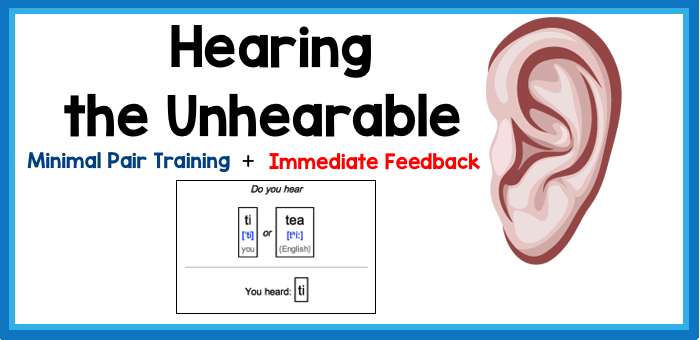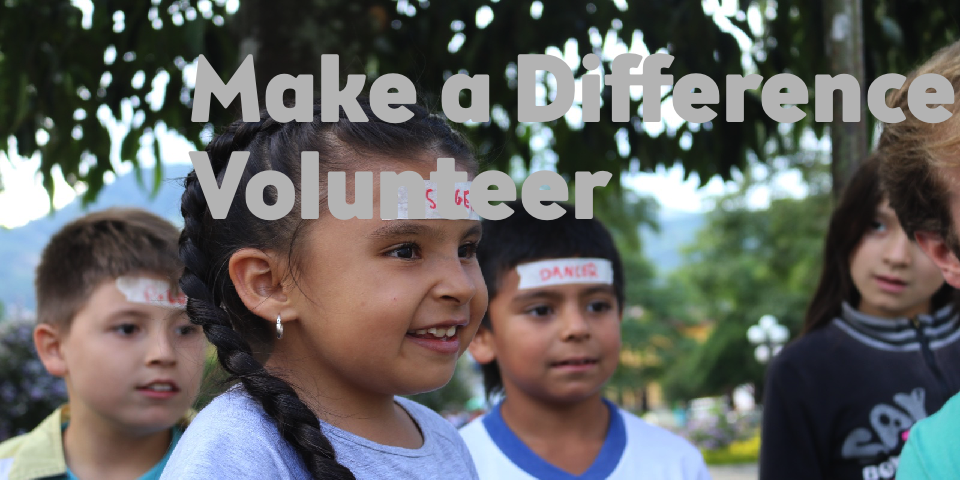
This blog post covers two methods of The ACA Method:
- Ear (Aural) Training – Minimal Pairs
- Immediate Feedback
How can an adult language learner expect to produce the sounds of a new language if they can’t even ‘hear’ them?
Is it simply too late to ‘hear the unhearable’?
No!
Many theories suggest that a baby is born with the innate ability to produce the phonemes, or sounds, of all the world’s languages. And that around 6 to 12 months, the mind begins to imprint and focus more on the sounds of their soon-to-be native language.
Some languages, like Rotokas only have 11 distinguishable sounds, spoken on an island near New Guinea, whereas others, like the Taa language, mostly spoken in Botswana, have somewhere over 120!
So those born to learn Rotokas may have some difficultly later in life re-training the brain to adapt to completely foreign sounds.
Japanese Speakers: Rock or Lock?
Japanese speakers have no /r/ and /l/ sound similar to how they are pronounced in English, but rather somewhere in between.
A child born in a Japanese household simply isn’t going to get exposed to enough R or L-like sounds in order to produce them, and as we will see, won’t even be able to hear the difference!
Much like an English speaker might have difficultly hearing the difference between Seung, Seong or Sung, a Japanese speaker can’t normally hear the difference between Rock and Lock.
‘Teaching the /r/–/l/ discrimination to Japanese adults’ (McCLelland)
In 2002, Dr. James McClelland at Carnegie Mellon University, decided to try and see if he could teach Japanese speakers.
Native Japanese speakers living in the United States were recruited and placed in front of a computer. One group attempted to discriminate “rock” vs. “lock”, and the other “road” vs. “load”.
When words differ in only one phoneme, they are known as minimal pairs. They form a crucial part of The ACA Method and the pronunciation training we do.
The subjects were instructed to either press [R] or [L] on the keyboard, depending on what word they heard. They trained with roughly 500 trials before testing. Their performance was compared with native English speakers.
The results? No better than chance, with most of the results falling around 50%. No learning was measured.
The Power of Immediate Feedback
Then, McLelland had subjects repeat the experiment but this time they were given immediate feedback. If they guessed correctly, they would see a green check mark, incorrectly, a red x.
The results were nothing short of remarkable.
Most of the subjects were able to train to levels of around 80% accuracy.
In only a few hours of works, Japanese speakers had learned to hear new sounds that their brains were never adapted for.
Minimal Pair training, combined with immediate feedback, can make you hear the unhearable!
Hear It Before You Speak It
Studies tell us that in order to be able to produce novel sounds one must first be able to distinguish them, which is why Ear Training in the ACA Method comes before Mouth or Eye Training.
This old aphorism tells us everything we need to know about where and how to begin. Listening is the most important, and most often overlooked, skill in acquiring a new language. Many studies show that language students can’t possibly be expected to produce a sound they can’t yet distinguish when listening. So before you can expect to be able to speak, you’ve got to be able to listen!
So why isn’t ear (aural) training more emphasized? It isn’t as sexy. Most students want to hit the ground running and learn some cool new words and phrases that they can start practicing from day one. And most teachers are more than willing to oblige.
But The ACA Method isn’t interested in what’s cool but in what’s effective. And as you’ll see, actually being able to listen, and therefore speak, properly is way cooler and sexier than struggling through saying a few common phrases. Patience young grasshopper.








